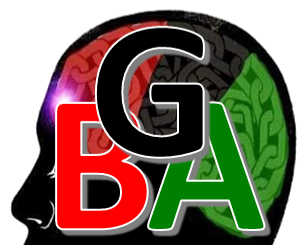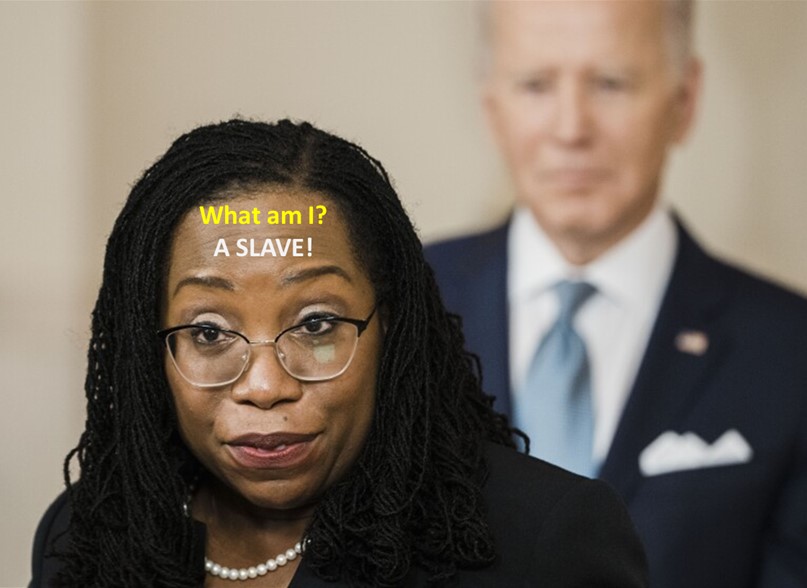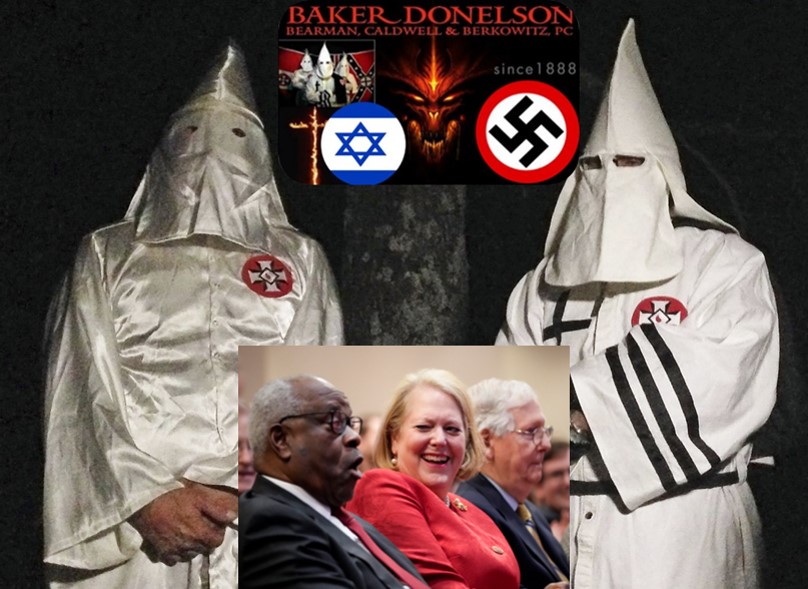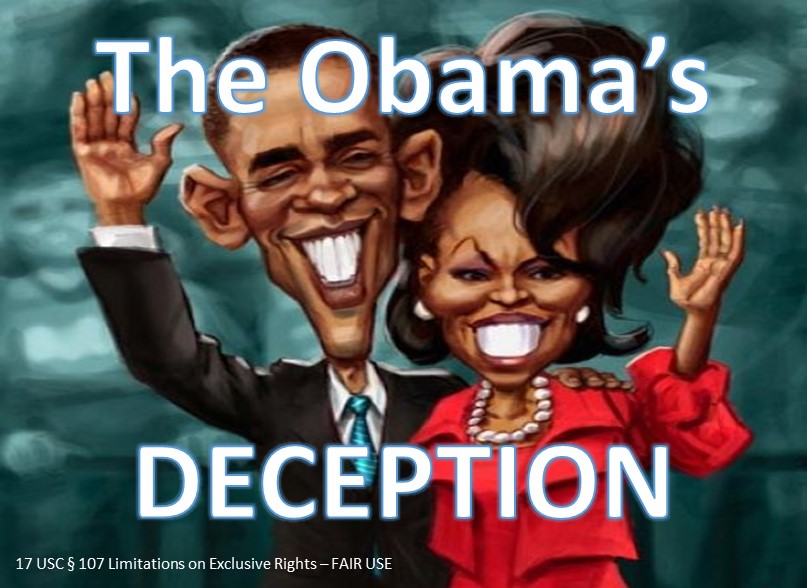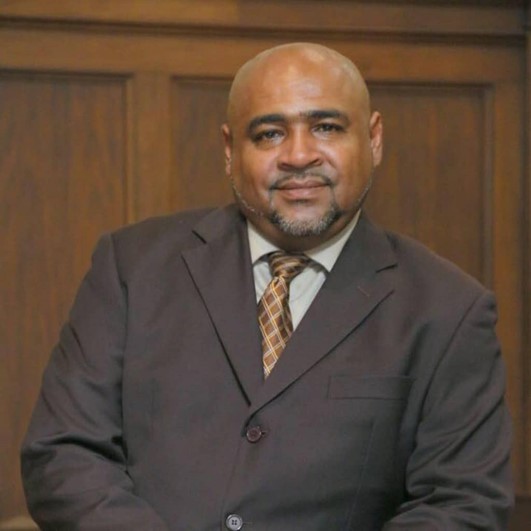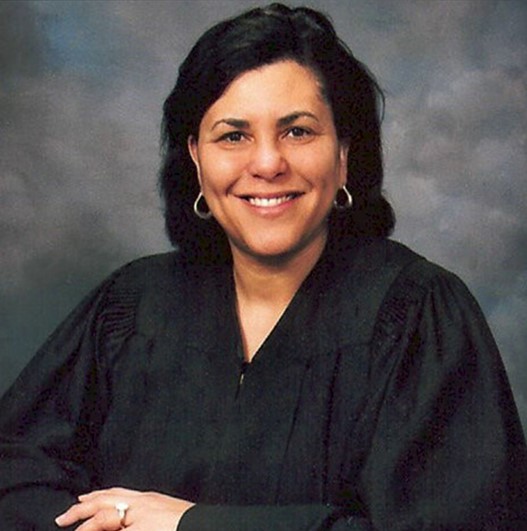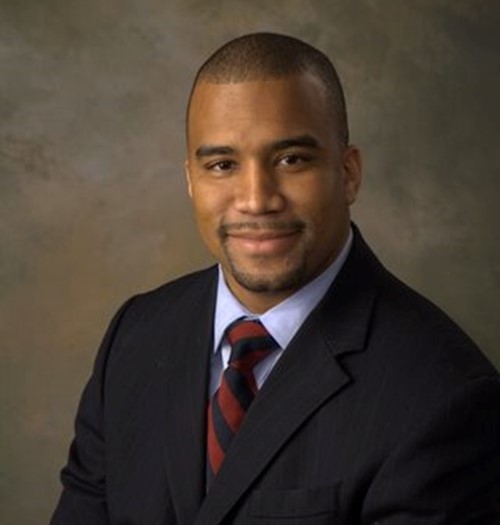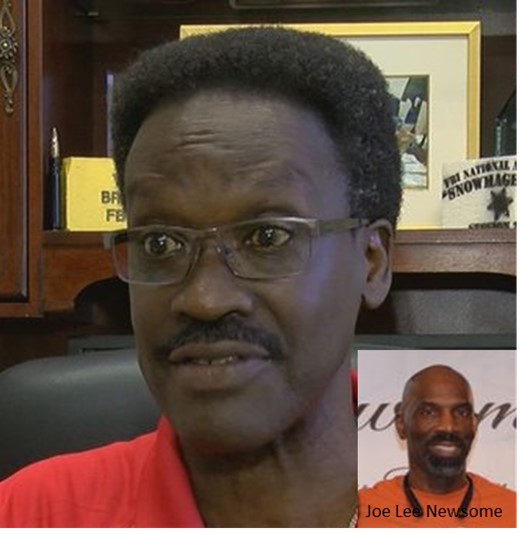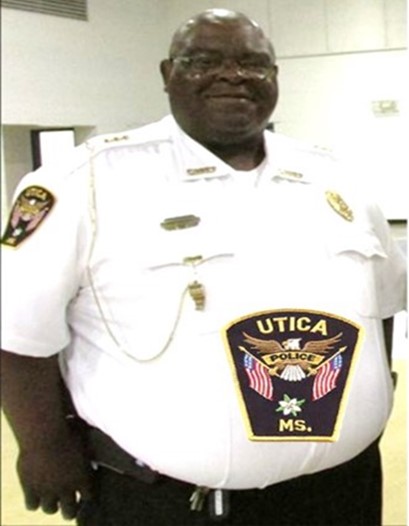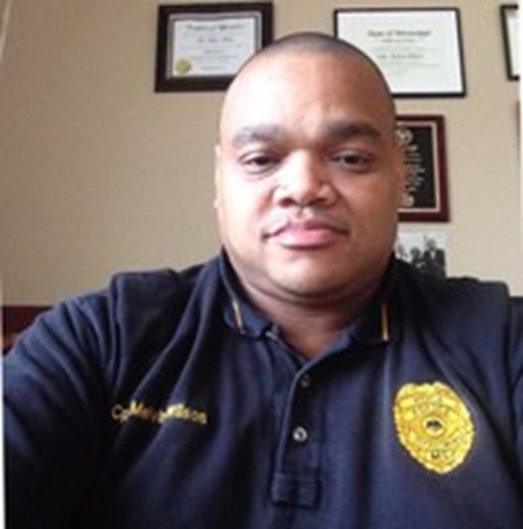As of 01/29/2022, cut and pasted from: https://www.history.com/topics/black-history/black-codes
17 USC § 107 Limitations on Exclusive Rights – FAIR USE
IMPORTANT TO NOTE: Pictures and / or images, etc. have been added for emphasis. ONLY this page can be translated. Pages provided at the links may be in English (and/or may not load); however, our translation tool bar is NOT available on the pages provided at the links!
“SLAVERY” By Any Other Name / So-Called Laws
(Drafted By White Supremacists / NAZIS / Jews / Zionists)
“IS STILL” SLAVERY andIS A WAR Crime!
Bringing the United States of America’s /
United States' Officials… TO JUSTICE!

UPDATED: JAN 26, 2022 ORIGINAL: JUN 1, 2010
CONTENT
1. Black Codes
2. Ku Klux Klan
3. Jim Crow Laws Expand
4. Ida B. Wells
5. Charlotte Hawkins Brown
6. Isaiah Montgomery
7. Jim Crow Laws in the 20th Century
8. Jim Crow in the North
9. When Did Jim Crow Laws End?
10. Sources
Jim Crow laws were a collection of state and local statutes that legalized racial segregation. Named after a Black minstrel show character, the laws—which existed for about 100 years, from the post-Civil War era until 1968—were meant to marginalize African Americans by denying them the right to vote, hold jobs, get an education or other opportunities. Those who attempted to defy Jim Crow laws often faced arrest, fines, jail sentences, violence and death.


Important To Note: Maureen Williams transitioned (passed away) in November 2020!
Black Codes
The roots of Jim Crow laws began as early as 1865, immediately following the ratification of the 13th Amendment, which abolished slavery in the United States.
Black codes were strict local and state laws that detailed when, where and how formerly enslaved people could work, and for how much compensation. The codes appeared throughout the South as a legal way to put Black citizens into indentured servitude, to take voting rights away, to control where they lived and how they traveled and to seize children for labor purposes.

He alone, who OWNS the Youth, GAINS the FUTURE!
- - Nazi Leader Adolf Hitler

In over 50 Years, the White Man / NAZIS / White Supremacists / Jews / Zionists CONSPIRED to take / destroy these VISIONS!
15 The rod and reproof give wisdom: but a child left to himself bringeth his mother to shame.
16 When the wicked are multiplied, transgression increaseth: but the righteous shall see their fall.
17 Correct thy son, and he shall give thee rest; yea, he shall give delight unto thy soul.
18 Where there is no vision, the people perish: but he that keepeth the law, happy is he.- - Proverbs 29

The legal system was stacked against Black citizens, with former Confederate soldiers working as police and judges, making it difficult for African Americans to win court cases and ensuring they were subject to Black codes.

17 USC § 107 Limitations on Exclusive Rights – FAIR USE
KKK rebrand: Blacks, Hispanics, gays & Jews now welcomed by Ku Klux Klan
12 Nov, 2014 16:42 / Updated 6 years ago
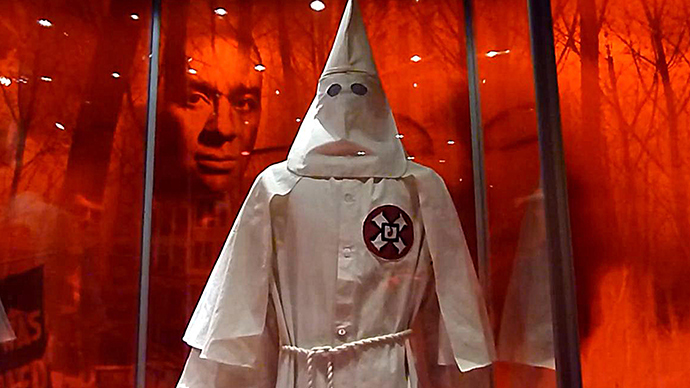
AFP Photo / Karin Zeitvogel © AFP
A new branch of the group, traditionally known for its extreme-right views, will now be offering a wider membership, recruiting followers without discriminating against their religion, race or sexual orientation.
These codes worked in conjunction with labor camps for the incarcerated, where prisoners were treated as enslaved people. Black offenders typically received longer sentences than their white equals, and because of the grueling work, often did not live out their entire sentence.
READ MORE:
Ku Klux Klan
During the Reconstruction era, local governments, as well as the nationalDemocratic Party and PresidentAndrew Johnson, thwarted efforts to help Black Americans move forward.
Violence was on the rise, making danger a regular aspect of African American life. Black schools were vandalized and destroyed, and bands of violent white people attacked, tortured and lynched Black citizens in the night. Families were attacked and forced off their land all across the South.
The most ruthless organization of the Jim Crow era, the Ku Klux Klan, was born in 1865 in Pulaski, Tennessee, as a private club for Confederate veterans.
The KKK grew into a secret society terrorizing Black communities and seeping through white Southern culture, with members at the highest levels of government and in the lowest echelons of criminal back alleys.
READ MORE: How Prohibition Fueled the Rise of the KKK
Jim Crow Laws Expand
At the start of the 1880s, big cities in the South were not wholly beholden to Jim Crow laws and Black Americans found more freedom in them.
This led to substantial Black populations moving to the cities and, as the decade progressed, white city dwellers demanded more laws to limit opportunities for African Americans.
Jim Crow laws soon spread around the country with even more force than previously. Public parks were forbidden for African Americans to enter, and theaters and restaurants were segregated.
Segregated waiting rooms in bus and train stations were required, as well as water fountains, restrooms, building entrances, elevators, cemeteries, even amusement-park cashier windows.
Laws forbade African Americans from living in white neighborhoods. Segregation was enforced for public pools, phone booths, hospitals, asylums, jails and residential homes for the elderly and handicapped.
Some states required separate textbooks for Black and white students. New Orleans mandated the segregation of prostitutes according to race. In Atlanta, African Americans in court were given a different Bible from white people to swear on. Marriage and cohabitation between white and Black people was strictly forbidden in most Southern states.

It was not uncommon to see signs posted at town and city limits warning African Americans that they were not welcome there.
READ MORE: How Nazis Were Inspired by Jim Crow Laws
Ida B. Wells
As oppressive as the Jim Crow era was, it was also a time when many African Americans around the country stepped forward into leadership roles to vigorously oppose the laws.

Memphis teacher Ida B. Wells became a prominent activist against Jim Crow laws after refusing to leave a first-class train car designated for white people only. A conductor forcibly removed her and she successfully sued the railroad, though that decision was later reversed by a higher court.
Angry at the injustice, Wells devoted herself to fighting Jim Crow laws. Her vehicle for dissent was newspaper writing: In 1889 she became co-owner of the Memphis Free Speech and Headlight and used her position to take on school segregation and sexual harassment.

Wells traveled throughout the South to publicize her work and advocated for the arming of Black citizens. Wells also investigated lynchings and wrote about her findings.
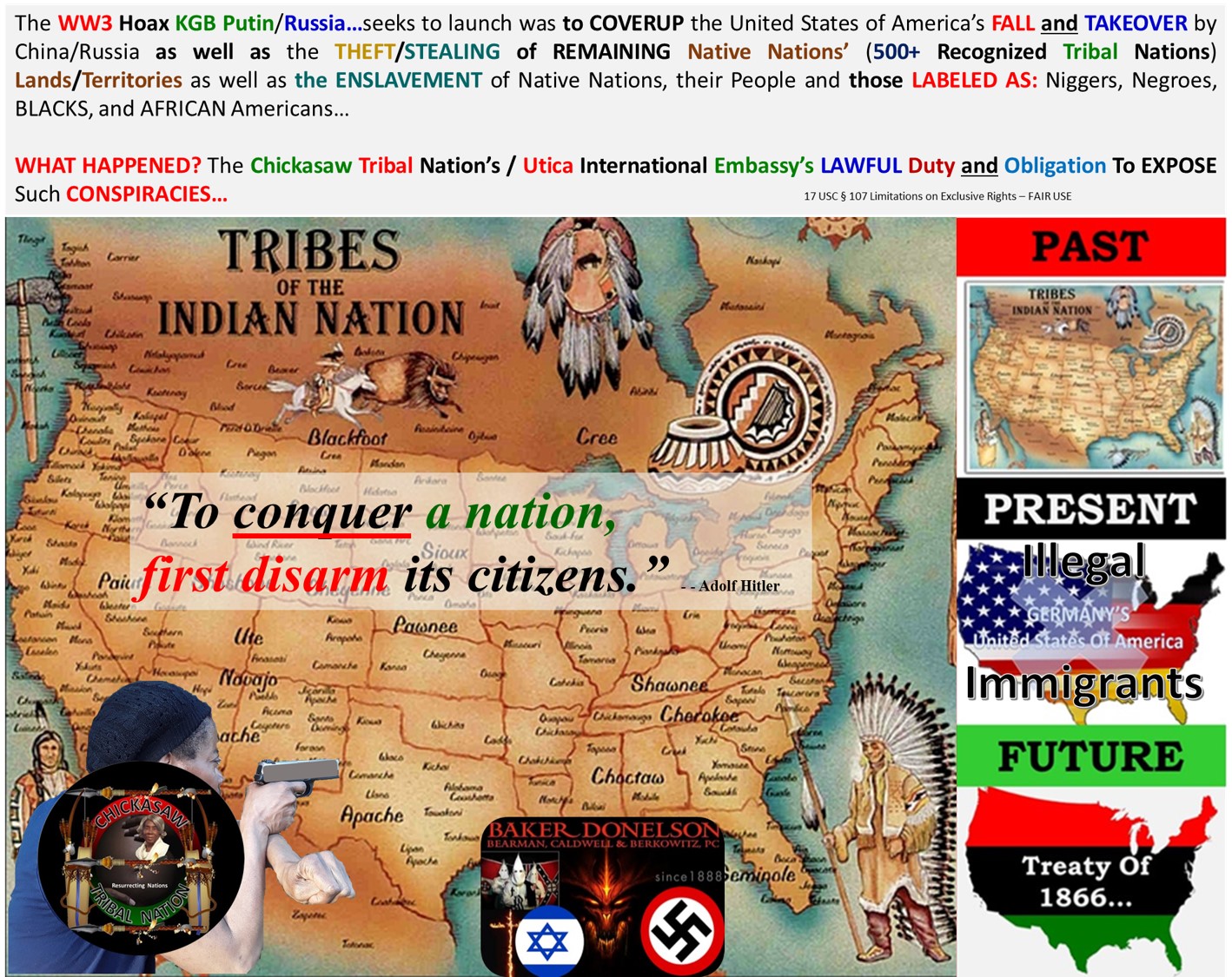
A mob destroyed her newspaper and threatened her with death, forcing her to move to the North, where she continued her efforts against Jim Crow laws and lynching.
READ MORE: When Ida B. Wells Took on Lynching
Charlotte Hawkins Brown

Charlotte Hawkins Brown was a North Carolina-born, Massachusetts-raised Black woman who returned to her birthplace at the age of 17, in 1901, to work as a teacher for the American Missionary Association.
After funding was withdrawn for that school, Brown began fundraising to start her own school, named the Palmer Memorial Institute.
Brown became the first Black woman to create a Black school in North Carolina and through her education work became a fierce and vocal opponent of Jim Crow laws.

Isaiah Montgomery
Not everyone battled for equal rights within white society—some chose a separatist approach.
Convinced by Jim Crow laws that Black and white people could not live peaceably together, formerly enslaved Isaiah Montgomery created the African American-only town of Mound Bayou,Mississippi, in 1887.
Montgomery recruited other former enslaved people to settle in the wilderness with him, clearing the land and forging a settlement that included several schools, anAndrew Carnegie-funded library, a hospital, three cotton gins, a bank and a sawmill. Mound Bayou still exists today, and is still almost 100 percent Black.
Jim Crow Laws in the 20th Century
As the 20th century progressed, Jim Crow laws flourished within an oppressive society marked by violence.

Following World War I, the NAACP noted that lynchings had become so prevalent that it sent investigator Walter White to the South. White had lighter skin and could infiltrate white hate groups.
READ MORE:
As lynchings increased, so did race riots, with at least 25 across the United States over several months in 1919, a period sometimes referred to as “Red Summer.” In retaliation, white authorities charged Black communities with conspiring to conquer white America.

With Jim Crow dominating the landscape, education increasingly under attack and few opportunities for Black college graduates, the Great Migration of the 1920s saw a significant migration of educated Black people out of the South, spurred on by publications like The Chicago Defender, which encouraged Black Americans to move north.

Read by millions of Southern Black people, white people attempted to ban the newspaper and threatened violence against any caught reading or distributing it.

The poverty of the Great Depression only deepened resentment, with a rise in lynchings, and after World War II, even Black veterans returning home met with segregation and violence.
READ MORE:
Red Summer of 1919: How Black WWI Vets Fought Back Against Racist Mobs
Jim Crow in the North
The North was not immune to Jim Crow-like laws. Some states required Black people to own property before they could vote, schools and neighborhoods were segregated, and businesses displayed “Whites Only” signs.

READ MORE:
The Green Book: The Black Travelers’ Guide to Jim Crow America
In Ohio, segregationist Allen Granbery Thurman ran for governor in 1867 promising to bar Black citizens from voting. After he narrowly lost that political race, Thurman was appointed to the U.S. Senate, where he fought to dissolve Reconstruction-era reforms benefiting African Americans.
After World War II, suburban developments in the North and South were created with legal covenants that did not allow Black families, and Black people often found it difficult or impossible to obtain mortgages for homes in certain “red-lined” neighborhoods.
When Did Jim Crow Laws End?

The post-World War II era saw an increase in civil rights activities in the African American community, with a focus on ensuring that Black citizens were able to vote. This ushered in the civil rights movement, resulting in the removal of Jim Crow laws.
In 1948 President Harry Truman ordered integration in the military, and in 1954, the Supreme Court ruled in Brown v. Board of Education that educational segregation was unconstitutional, bringing to an end the era of “separate-but-equal” education.
In 1964, President Lyndon B. Johnson signed the Civil Rights Act, which legally ended the segregation that had been institutionalized by Jim Crow laws.

And in 1965, the Voting Rights Act halted efforts to keep minorities from voting. The Fair Housing Act of 1968, which ended discrimination in renting and selling homes, followed.
Jim Crow laws were technically off the books, though that has not always guaranteed full integration or adherence to anti-racism laws throughout the United States.
Sources
The Rise and Fall of Jim Crow. Richard Wormser.
Segregated America. Smithsonian Institute.
Jim Crow Laws. National Park Service.
“Exploiting Black Labor After the Abolition of Slavery.” The Conversation.
“Hundreds of black Americans were killed during 'Red Summer.' A century later, still ignored.” Associated Press/USA Today.
“Here's What's Become Of A Historic All-Black Town In The Mississippi Delta.” NPR.
